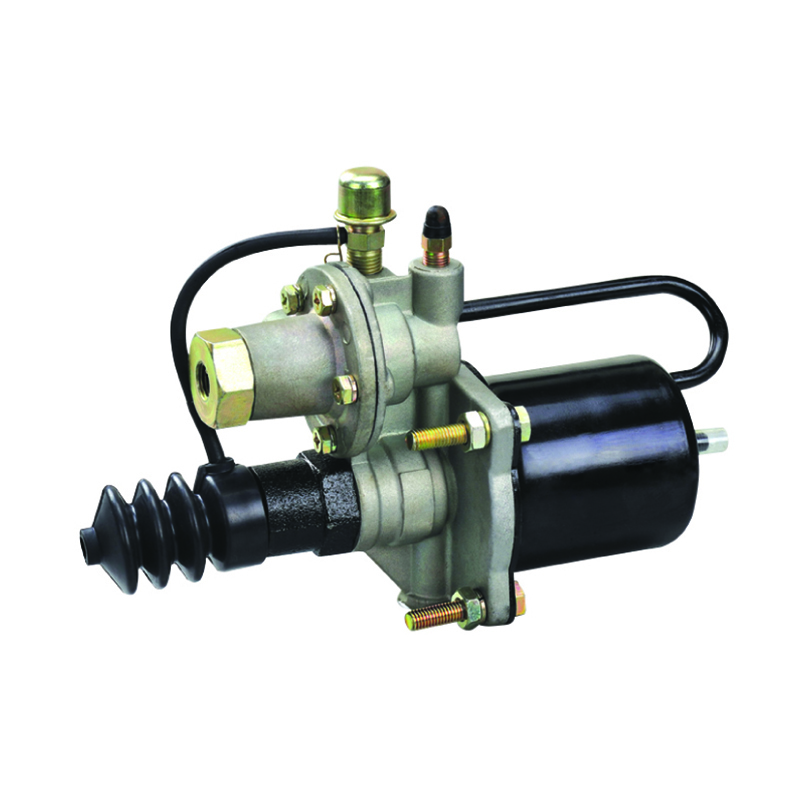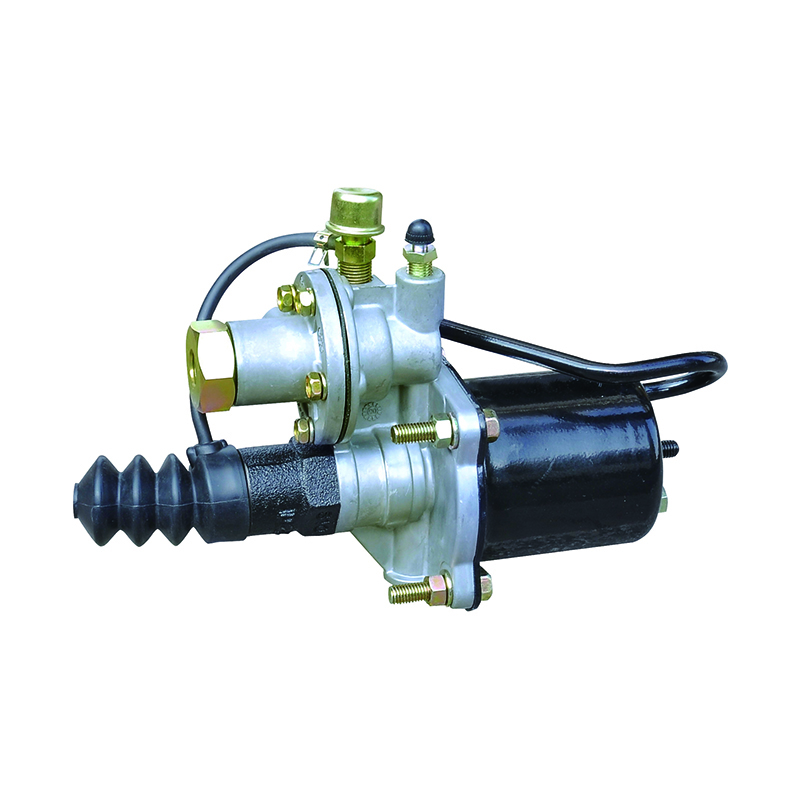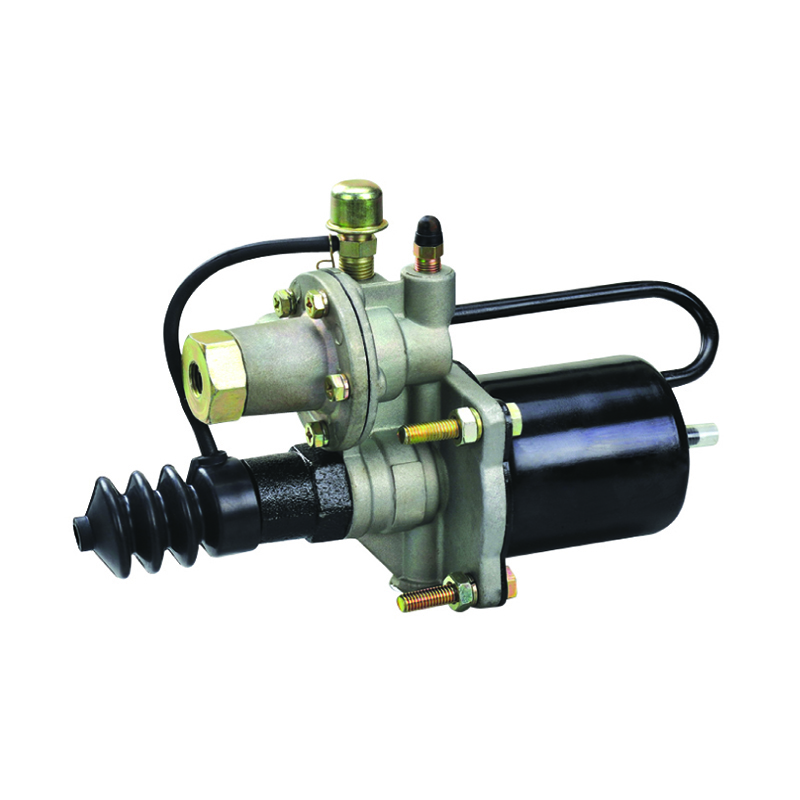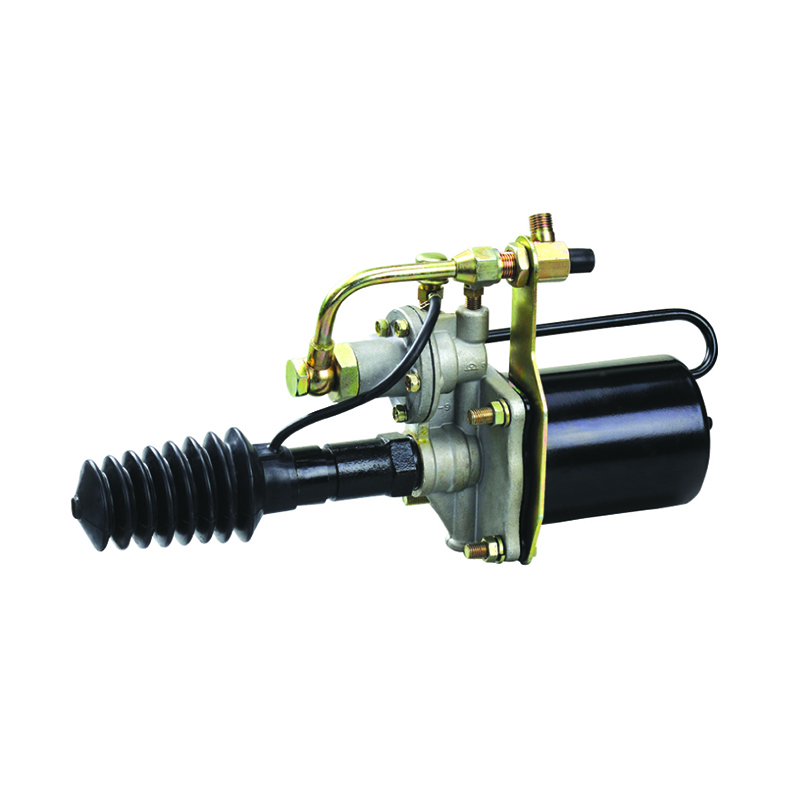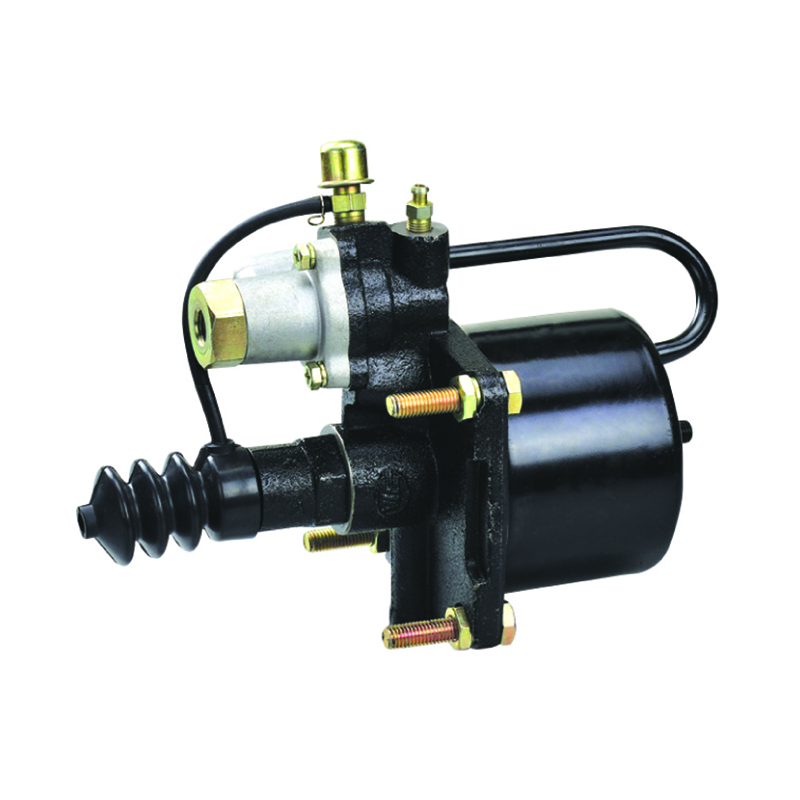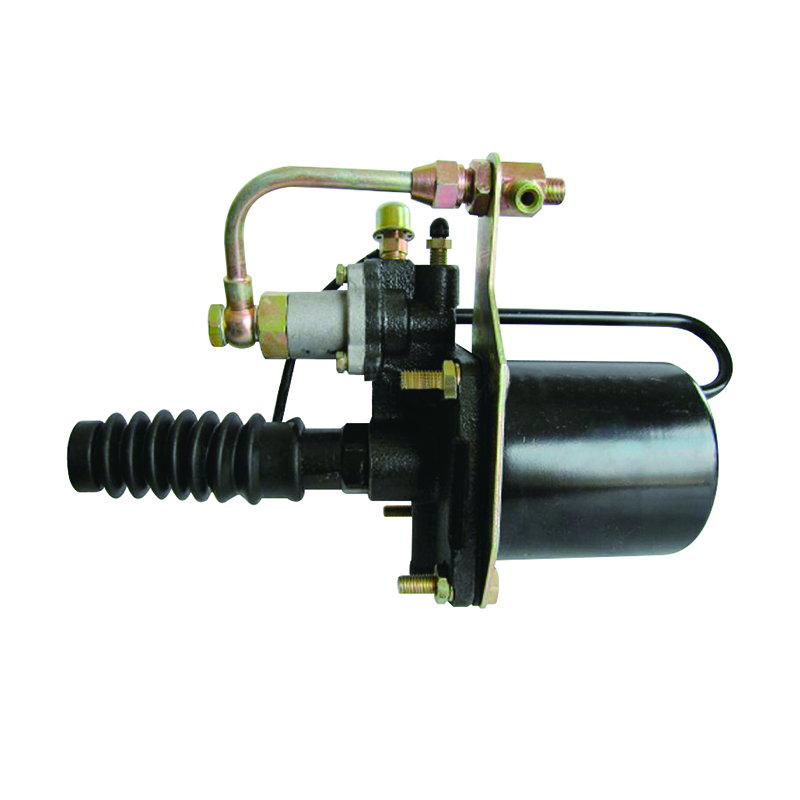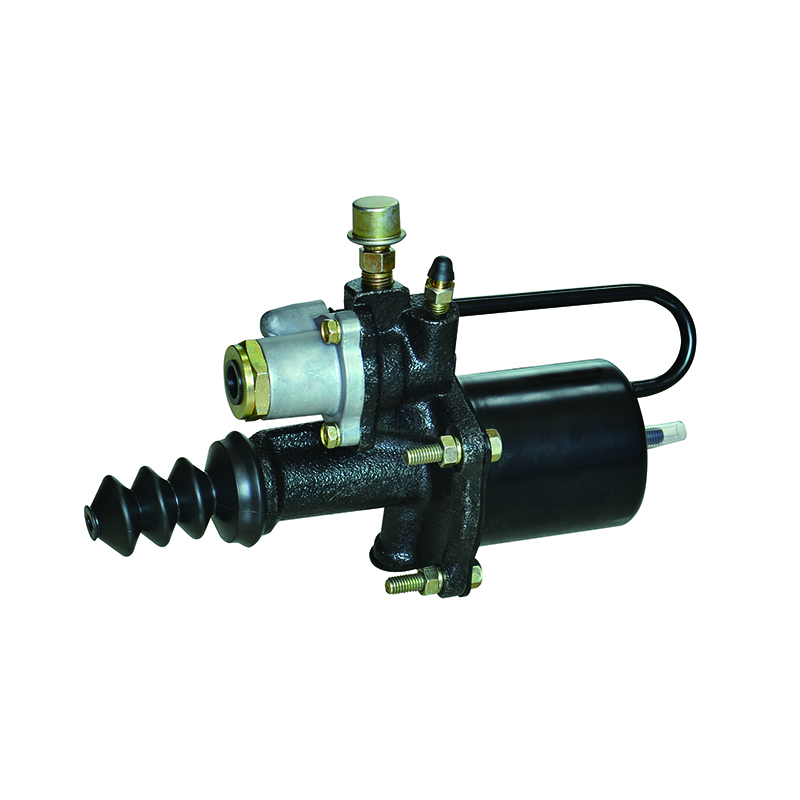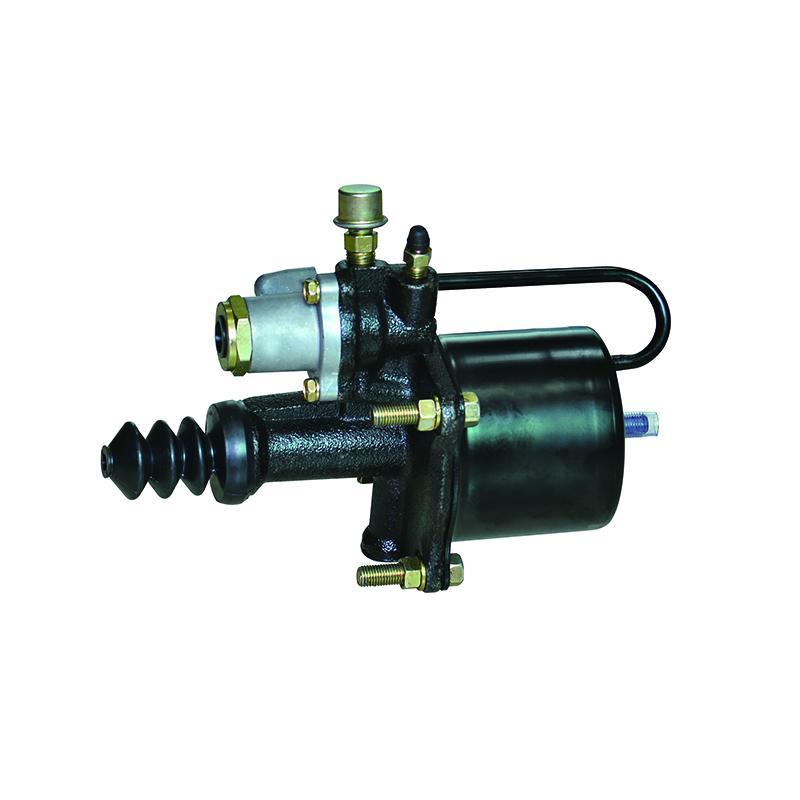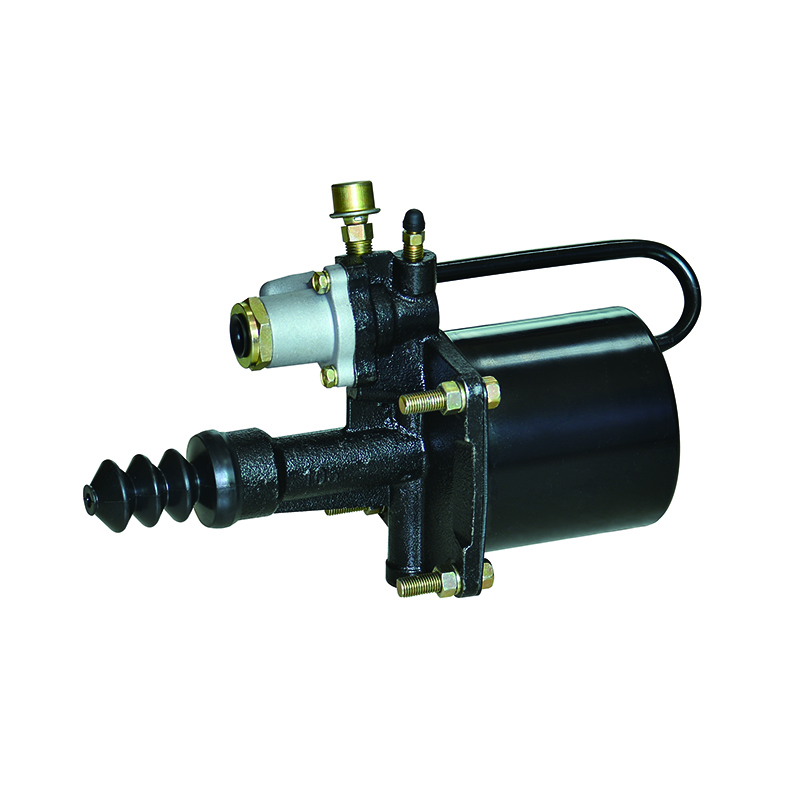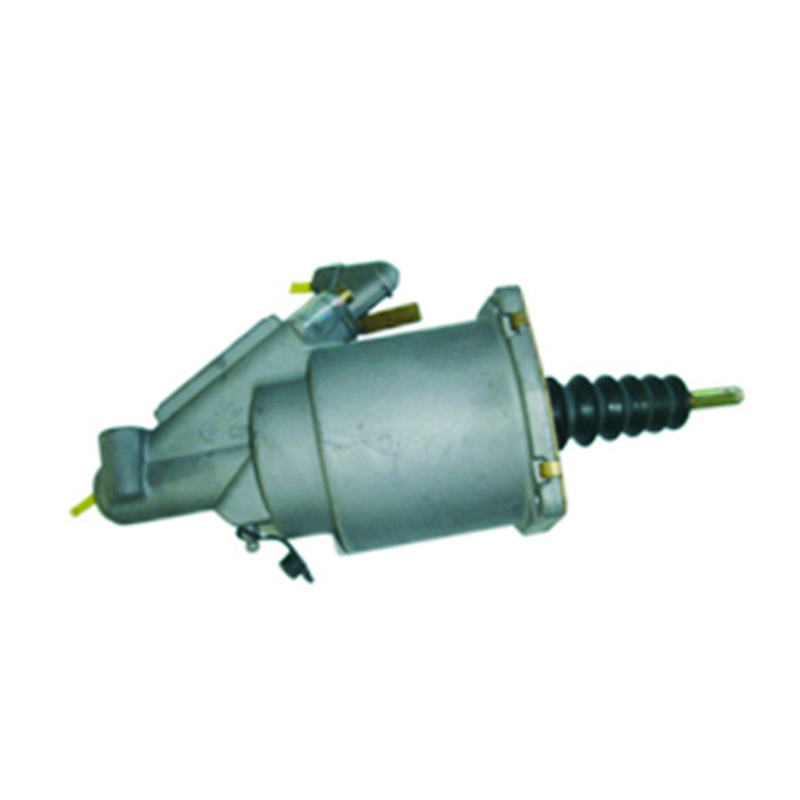For exclusive deals and latest offers, signup by entering your email address below.
Braking Down the Basics: Exploring Essential Air Brake System Parts
In the realm of vehicular safety, air brake systems stand as an indispensable asset, ensuring unfailing and secure braking performance. This thorough examination delves into the foundational components that constitute air brake systems, unraveling their importance and intricate operations within the broader context of vehicle functionality.
Central to every air brake system is the compressor, acting as its life force. This pivotal component operates by drawing in atmospheric air, compressing it, and then distributing it to the air reservoirs. In this elaborate process, the compressor generates the pressurized air required to initiate and maintain effective braking maneuvers.
Air reservoirs, commonly referred to as air tanks, serve as indispensable storage units for the compressed air generated by the compressor. These reservoirs serve as power banks, ensuring a consistent supply of compressed air. This reservoir of potential power guarantees a continuous source of energy for the brake system's operation, enabling multiple brake applications without compromising performance.
At the interface between the driver and the intricate air brake system, the brake pedal takes center stage. When the driver presses the brake pedal, a network of valves comes into play. These valves, including the foot valve and relay valve, intricately manage the flow of pressurized air, translating the driver's input into a well-orchestrated series of actions that culminate in the activation of the brake mechanisms.
The brake chambers, categorized as service and spring brake chambers, are pivotal in converting the potential energy of compressed air into mechanical action. As pressurized air flows through these chambers, it propels a piston mechanism that engages the braking system. Whether it's the brake shoes making contact with the drums or the brake pads meeting the rotors, the process is meticulous and deliberate.
Maintaining precision within the air brake system falls to the slack adjusters. These elements are responsible for ensuring the optimal distance between the brake linings and the drums or rotors. By guaranteeing this precise gap, slack adjusters contribute to consistent and efficient braking, preventing issues like excessive wear or inadequate braking force.
Taking on the role of crucial frictional components, brake linings and pads directly engage with the brake drums or rotors. When the brake chambers are activated, these linings and pads create friction against the rotating drums or rotors, generating the necessary force to halt the vehicle. The design and composition of these components are meticulously engineered for both effectiveness and durability.
Moisture management is a paramount concern in air brake systems due to temperature fluctuations in compressed air. This is where the air dryer, or desiccant cartridge, comes into play. The air dryer assumes the critical role of removing moisture and contaminants from the compressed air before it enters the system, averting potential issues such as freezing or system corrosion.
The quick release valve is a pivotal component designed to swiftly release air pressure from the brake chambers. This rapid action ensures an immediate response when the brake pedal is released. By promptly disengaging the brake mechanism, the quick release valve mitigates the risk of brake drag, optimizing the overall efficiency and safety of the braking system.

 English
English 中文简体
中文简体
